- Search magazine...
- Magazine by Category
- Magazine by Region
- article detail
- Search magazine...
- Magazine by Category
- Magazine by Region
- article detail
At the end of the first millennium, many pilgrims crossed Europe from Canterbury or from the ports of Apulia to arrive finally at Rome, to pray at the tomb of the Apostle Peter. Some of them even continued to the ‘Holy Land’ to Jerusalem. This phenomenon created such a mass size of interest, that it developed real ways of faith mapped by abbeys and villages adapted to host the pilgrims.
The walking route from Canterbury to Rome was 1.500 kilometers, so it was a real penitential journey that in a material and symbolic way handed the pilgrim in God’s hands, but this journey exposed the pilgrims to all sorts of danger from wild animals to seasonal weather. For this reason, along with the board of Francigena, the first villages got developed which lead to the existence of towns like Siena and San Gimignano, including other towns rich in famous and non-famous artistic works.
It is indeed this road which is the main itinerary through Italy and Europe which retraces the history of Italy, starting from the origin of its name. The term ‘Francigena’ originally meant the way ‘from the land of Franks’ that made it possible for pilgrims to arrive in Rome coming from the far North.
The importance which ‘Via Francigena’ had on its population, other than the spiritual aspect, also in the cultural aspect: it was a privileged route of a fundamental channel of communication for the cultural unity of Medieval Europe.
Simultaneously, the ‘Via Francigena’ favored from trade coming from the East, silk, spices and other goods, highly requested by northern European countries.
Rediscovered by his contemporaries as a testimony of the past, modern travelers today are setting out along a beautiful and astonishing route with a variety of different landscapes that tell the Italian history.
Developing along different regions, the ‘Via Francigena’ crosses the Piedmont, Liguria, Tuscany, Lazio and Emilia Romagna.
Appointed Cultural Route of the Council of Europe, the Italian part, starts from the Gran San Bernardo until Roma and consists of more or less 944 kilometers. Crossing the route on foot with an average of 20 kilometers a day, you will reach the destination in about a month and a half. If you go by bike, more or less 15 days should do.
Looking for a luxury retreat? Get in touch with and start planning
Copyright © Home in Italy. All rights reserved.
vittori
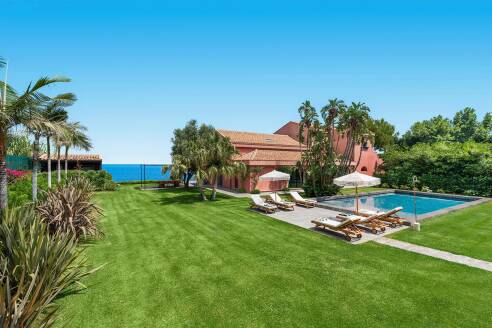
8 4 6
Sicily, Acireale
from 11,200 to 19,600 € / week
balsamina
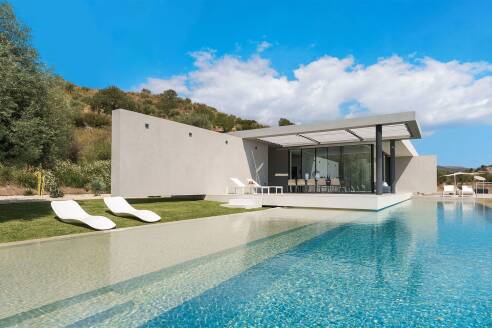
8 4 5
Sicily, Avola
from 8,950 to 14,900 € / week
villa mandorli

12 6 7
Tuscany, Montepulciano
from 7,150 to 11,600 € / week
cantico
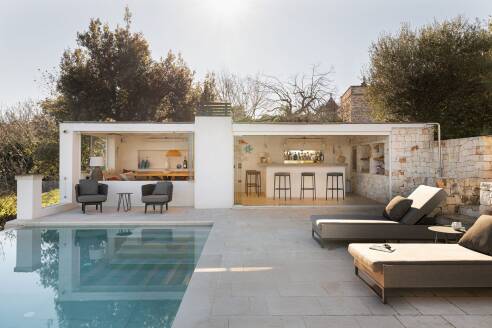
8 4 10
Puglia, Fasano
from 20,000 to 35,000 € / week
villa reale di marlia

25 11 20
Tuscany, Lucca
Price On demand
verdiana
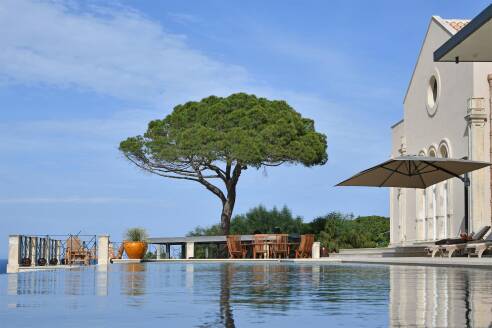
12 6 6
Sicily, Siracusa
from 15,600 to 21,950 € / week
merangola

12 6 8
Tuscany, Siena
from 14,000 to 16,000 € / week
masseria antica
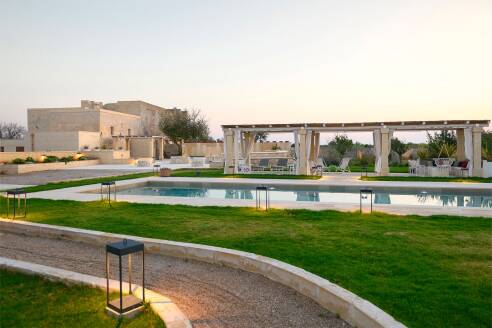
20/22 12 14
Puglia, Lecce
from 31,500 to 49,000 € / week






